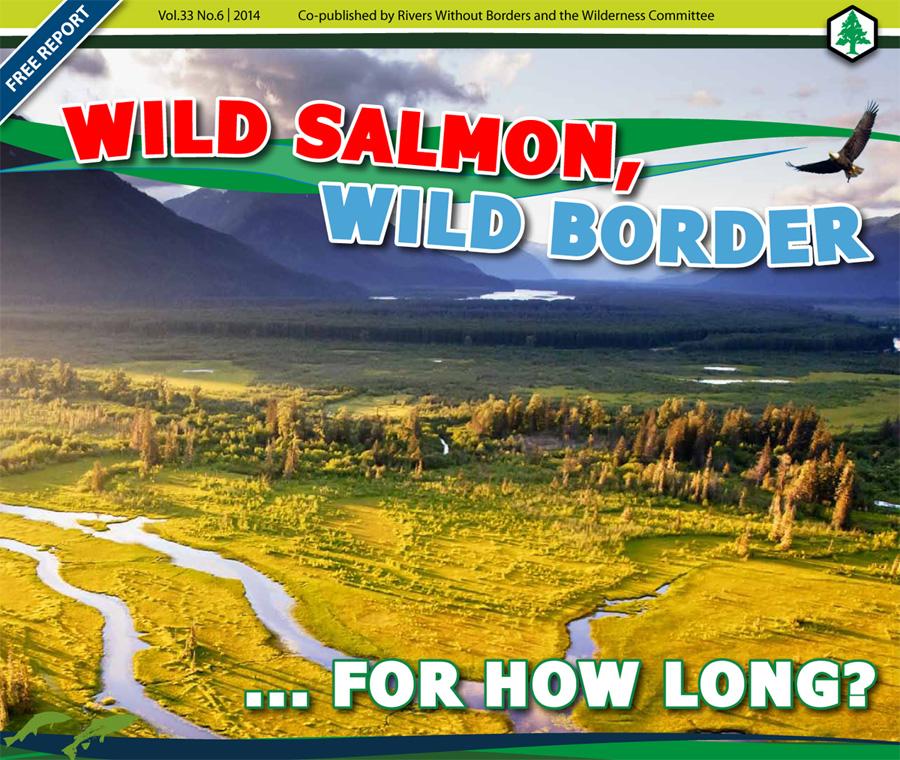Wild Salmon, Wild Border...For How Long?

The Transboundary Watersheds Under Threat
The transboundary watersheds of northwest British Columbia and southeast Alaska are vast, wild and alive. From glacial headwaters to coastal rainforest, the rugged and spectacular Alsek-Tatshenshini, Chilkat, Taku, Whiting, Iskut-Stikine, Unuk and Nass watersheds are largely intact and globally significant landscapes.
In a time of climate change and growing industrial threats, the transboundary watersheds collectively embrace some of the most intact, ecologically rich and diverse wild salmon habitat left on the planet.
Despite these rich conservation values, these watersheds are threatened on the BC side of the border by multiple large mine proposals that pose a risk to fish and wildlife habitat and water quality. The most significant risks include the gigantic Kerr-Sulphurets-Mitchell (KSM) open-pit mine and the controversial Tulsequah Chief project in the Taku watershed, in addition to other large-scale mining projects such as Red Chris, Galore Creek and Arctos Anthracite.
The pace and scale of proposed industrial development in this region is too much, too fast.
Read on to find out more about this incredible wild area, current threats and the opportunity we have to engage in meaningful cross-border action to safeguard the future of these extraordinary international rivers.